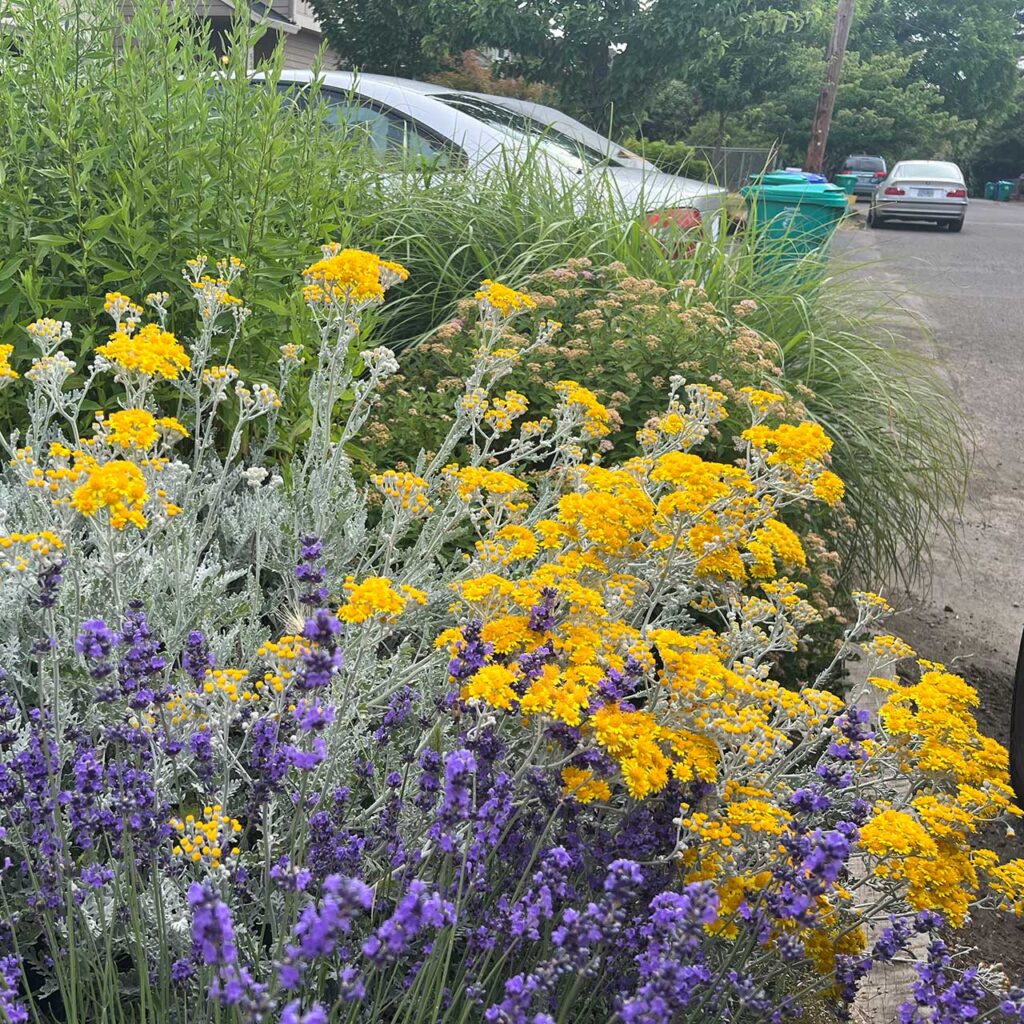
When it comes to parking strip landscape tips, Dorothy Bothwell of Bothwell Landscape Studio is one of our trusted landscape architecture partners. Dorothy and I met in graduate school at University of Virginia and are fortunate that our career paths have crossed again here in Portland. We enjoy collaborating on numerous projects. In fact, Dorothy even did the landscape design for the Christie Architecture Studio.
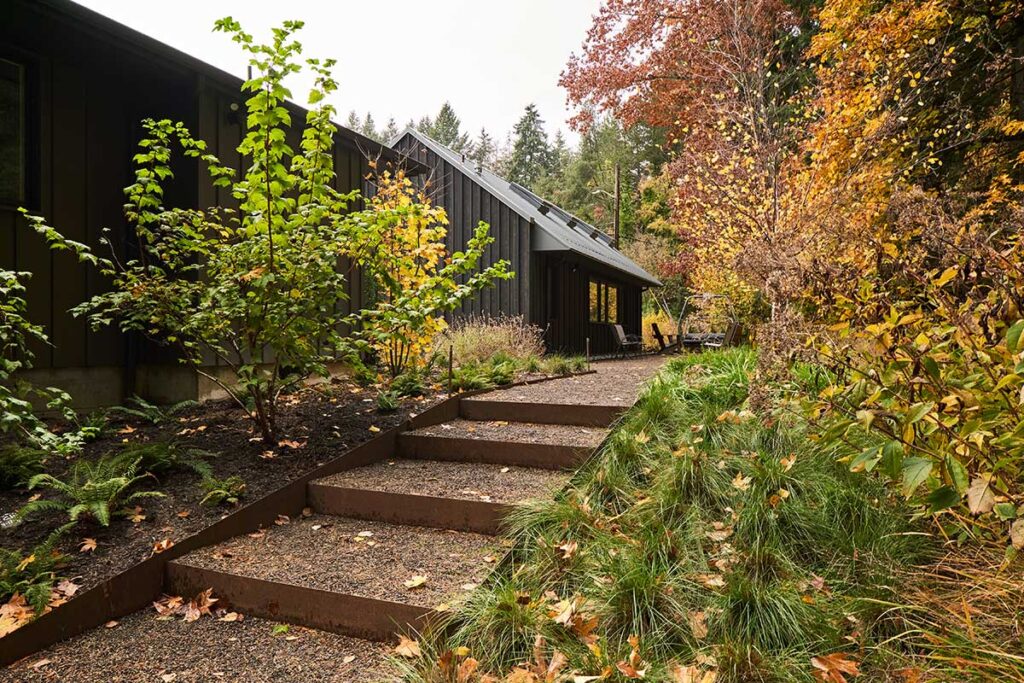
As we mentioned in the Sidewalks and Parking Strips post, Dorothy believes extending your planting into the parking strip creates more perceived useable property and enhances the curb appeal of your home or business.
We wanted to tap into her expertise and share some of her parking strip landscape tips. Enjoy our Q&A with Dorothy!
Lisa Christie (LC): Tell me about Bothwell Landscape Studio. What is your role?
Dorothy Bothwell (DB): Simply stated, Bothwell Landscape Studio is a landscape architecture firm, and I am the owner and principal landscape architect. Our studio is inspired by the distinct and diverse topography and geography of our client’s projects, here in the Portland area as well as our work in locations such as San Francisco, New York, and Boston. We have worked with homeowners, renowned private firms and parks departments on a variety of projects.
Our design process starts with creating a narrative that we reference—a source of inspiration throughout the project. Our concepts respect the natural surroundings, taking cues from what is there as well as influences from the client and the intentions of the project. We want to understand the location and purpose so we can create timeless, meaningful, and lasting places.
(LC): When and why did you start the business?
(DB): I started Bothwell Landscape Studio in 2016. I wanted to create a landscape design firm that represented a unique approach to the Pacific Northwest landscape. In the world of architecture and design, thoughtful landscapes are so important to cohesive and successful projects and the overall experience being created. No matter the type of project, from single- and multi-family housing to parks, schools, botanical gardens, wineries, restoration, and stormwater management, landscape design keeps people connected to nature. We wanted the opportunity to collaborate with architects, builders, and clients, to create truly transformative experiences.
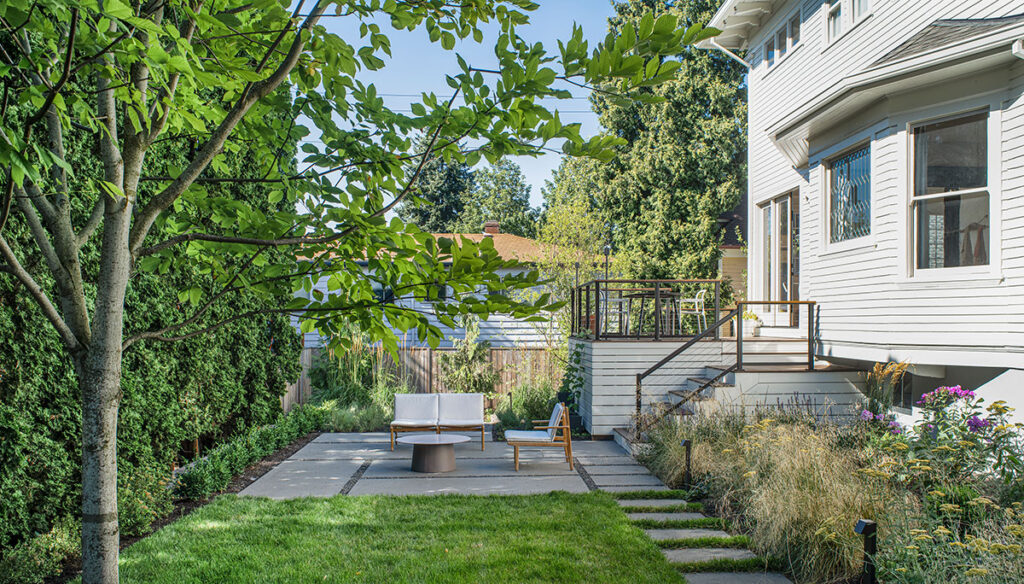
(LC): When thinking about the design of residential parking strips, what are some big ideas that homeowners should consider?
(DB): I think subtle simplicity is a great place to start. Consider simple ideas that establish an edge to your property and visually create a natural extension to your front yard. And think about the width of your parking strip, and how to create a cohesive look in a narrow planting bed.
From there, contemplate how the balance of plants will look from one season to the next, especially if they will look good in winter. Other decisions that contribute to selections are personal, such as your preference for flowering landscapes, ornamental grasses, or if pollinators are important to you. Do you want to create something that is wild and whimsical or something more manicured and understated? If you establish a starting point, then you can build off of these concepts.
(LC): What plants do you suggest for parking strips in full sun?
(DB): For sun, I would suggest drought-tolerant plants such as Artemisia, Catmint Walker’s Low Mint, Lavender, Rockrose, Sage, California Lilac, and hardy grasses like Miscanthus. Thinking about seasonal interest, planting something like Rockrose or Manzanita is a good choice for integrating evergreens. For the inevitable ratty edges, I would suggest planting low-growing Sedums, Kinnikinnick, or ground covers that like it hot and dry such as Lithodora.
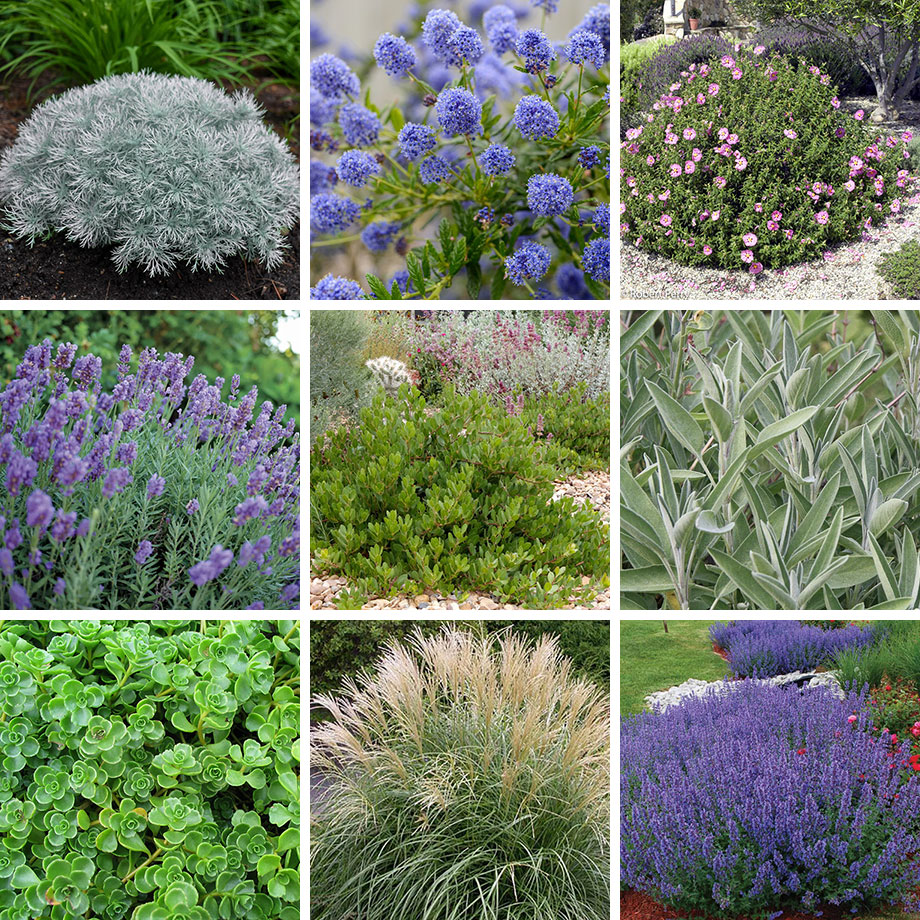
Top row: Artemisia, California Lilac, Rockrose.
Middle row: Lavender, Manzanita, Sage.
Bottom row: Sedum, Miscanthus, Catmint Walker’s Low Mint.
(LC): For shade?
(DB): For shaded areas, consider Epimedium, Bergenia, Hellebores, or smaller varieties of Yuletide Camelia. Many ferns work well too—just make sure they’re a tougher variety. If you want a cleaner, more monochromatic look, Mondo grasses thrive with not much effort. In addition, I’ve had a lot of luck with Autumn Moor Grass. It is an evergreen grass that takes both sun and shade—it just needs to be cut down once a year.
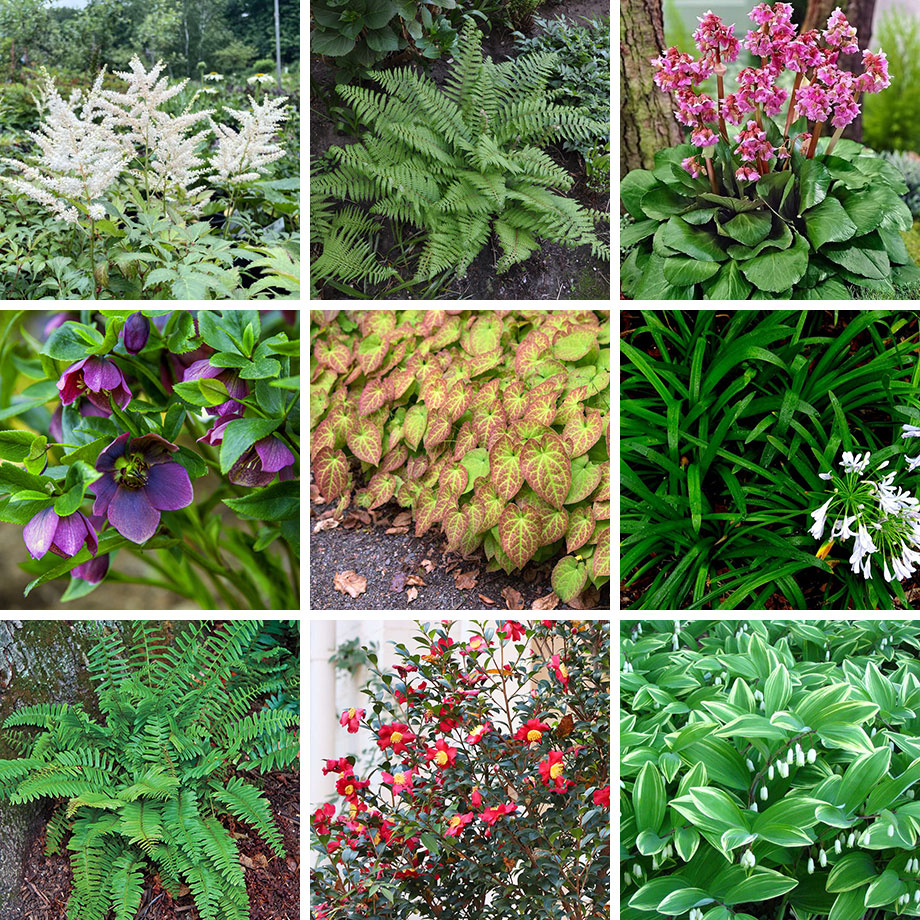
Top row: Astilbe Deutschland, Soft Shield Fern, Bergenia.
Middle row: Hellebore, Epimedium, Mondo Grass.
Bottom row: Christmas Fern, Yuletide Camelia, Solomon’s Seal.
LC: What plants do you suggest avoiding?
DB: Plants that are picky and don’t thrive with neglect! And keep in mind that dogs will use those areas, so use hardier plants on the edges.
LC: Are there any paving ideas or solutions that you recommend for parking strips?
DB: I try to create a paved area that supports the walking path to the front door. Wider is always better. I like to use the same materials as the front walk, and if possible, make it the same size. Otherwise, people will walk through the planting beds.
LC: Tell me more about the ‘drought-tolerant reclaimed parking strip’ at your own house.
DB: When we bought our house, which was built in 1956, the gravel parking strip had been used for 60+ years. So, it was completely compacted. The area is about 10 feet by 30 feet. The idea was to use this as a test garden for our client’s needs. It allowed us to see what would grow in the worst of conditions so we could develop a plant palette for similar situations.
We also wanted to integrate pollinator plants and color. And since the strip wasn’t irrigated, we looked for extremely drought-tolerant plants. But they still need to be watered for the first year, so plant in the fall!
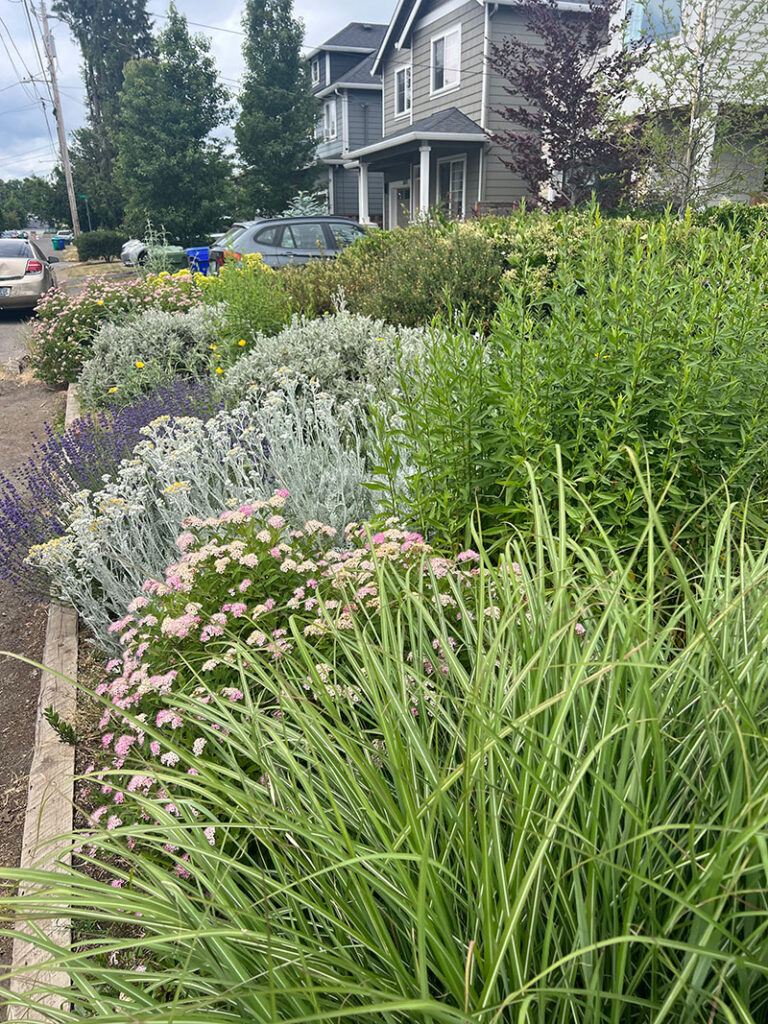
First, we raised the beds six inches with juniper wood, broke up the gravel, and added four inches of topsoil. Then we went to work. Plants grown in rock gardens worked the best, including Rockrose, Alpine Spiraea, Artemisia, and Lavender. However, we had to take out the Yucca after a few years because it turned brown. We continue to reevaluate and try other plants. In our specific environment, the plants reach their max and die quicker than strips with nicer conditions so we’re always testing plants that might work better. This garden has been very successful and helps us understand how we can design these types of leftover spaces.
Ask and we will answer
See all of the great information that comes from a homeowner’s question? Thank you to our Alameda Craftsman clients for asking about their pesky sidewalk challenge. We loved sharing the details and rules about the City of Portland sidewalks and parking strips and tapping into the expertise of Bothwell Landscape Studio. Thank you, Dorothy, for your parking strip landscape tips.
What is your property question? Let us know.
